This post isn’t a complaint or criticism on other photographers, but just something I think all budding photographers or those who have jumped into the field and who are planning to sell their work should keep in mind regarding editing their images.
Over the past few years I have been involved in projects with companies that use my images along with other selected photographers. The images are for something like A3 Digital RGB or CMYK off set printing and the clients will ask for high res proof files at 300dpi and on more than one occasion the issue of image quality has come up from images supplied by some of these photographers.
The images look great when on the web but when supplied at high res the problems start. Some key problems of the high res images have been poor stitching alignment and blending of digital panoramic’s, pushing the image too far for shadow detail, over saturation banding and bleeding, poor film scanning etc.
When editing my own personal images film or digital all the editing is done for maximum print output. Sure something you can do with extracting more shadow detail looks great when sized down to a 900 pix wide jpeg. But print that image as a 50, 60 or 75 inch wide panoramic and your customer will be asking for a refund. Just because it looks good as a web sized jpeg doesn’t mean you do it. Especially if you are uploading this image on your web site and offering prints.
Just something to keep in mind when editing your work if you decide to dip your toe into the world of selling and printing your work to private customers and also commercial print projects.

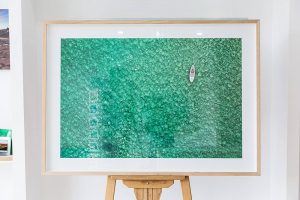
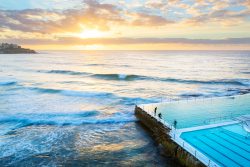
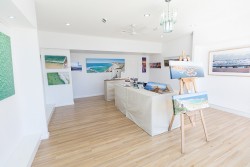
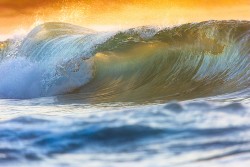

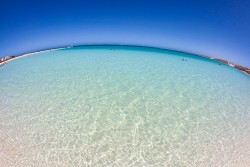
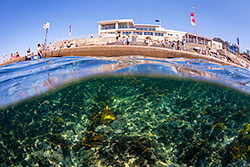


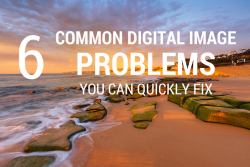
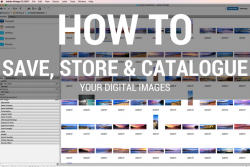
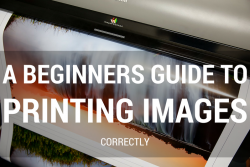
Thanks for the interesting post Matt – I’ll definitely take on board what you mentioned. Whilst reading the post I could think of a couple of instances when bleeding has been a problem for me when printing at large size.
To help address the issue of sharpness and detail, I’ll be interested to know if you use Genuine Fractuals during resizing or you don’t see a need as you would only ever reduce your image size not increase it.
Thanks again,
Ric
mate one of the guys who got a gold at this years APPA’s used his iphone for the pics!! How do you reckon they would go on a billboard??? hehe